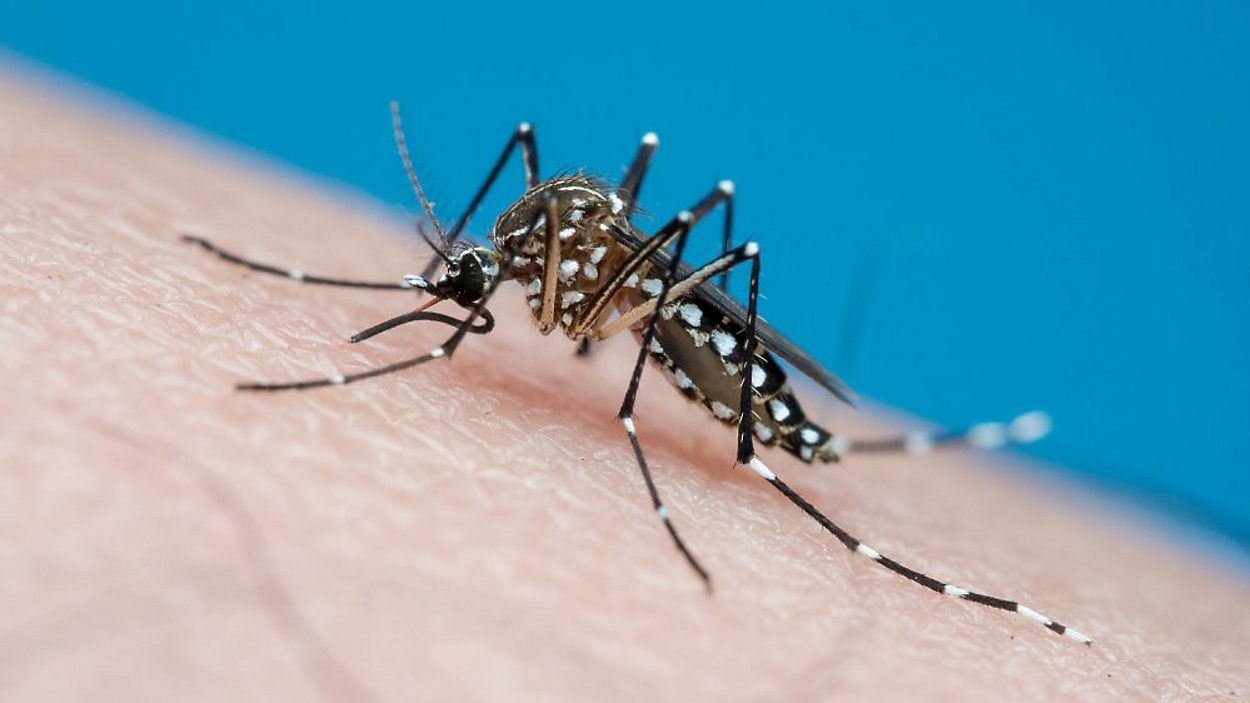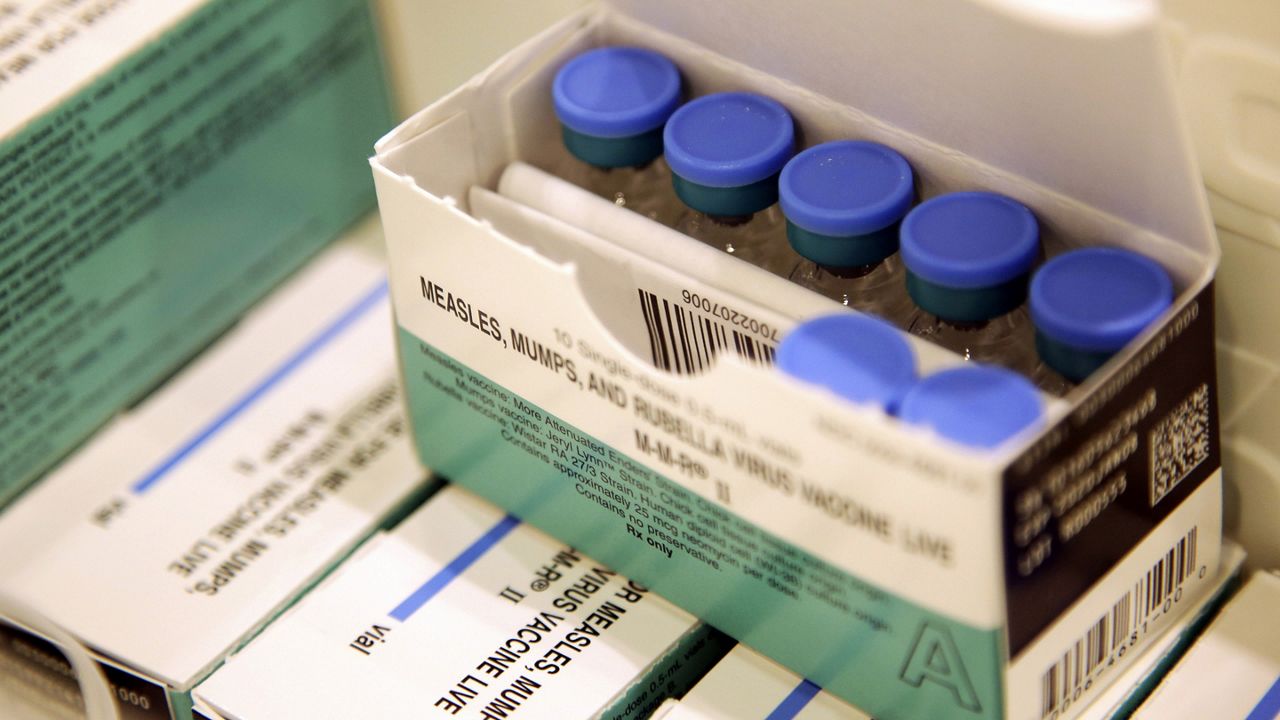The Hawaii Department of Health announced on Friday that an individual from Oahu, who traveled to an area where dengue is prevalent, now has the virus.
This is the eighth confirmed travel-related dengue case in 2025 — with one on Maui and seven on Oahu.
Last month, the state DOH updated its testing guidelines for dengue — in reaction to Hawaii seeing a steep increase in travel-related cases this year.
In 2024, there were sixteen travel-related dengue cases in the state, with four on Maui, one on Kauai and 11 on Oahu. These individuals who became infected with dengue reported traveling to the following countries prior to symptoms onset: Brazil, Argentina, Costa Rica, El Salvador, Guatemala, Mexico, Puerto Rico, Honduras, Indonesia, Thailand, Japan, Philippines and India. All destinations listed are areas where dengue is endemic.
While Hawaii is home to the type of mosquitoes that carry dengue, the disease is not established in the state. Dengue is a year-round risk in the tropical and subtropical areas of Central and South America, Asia, the Middle East, Africa, the Caribbean, and several Pacific Islands, such as U.S. territories like American Samoa, the Federated States of Micronesia, the Republic of the Marshall Islands and the Republic of Palau. Some countries are currently reporting increased dengue cases, including Fiji, French Polynesia, Tonga, the Republic of the Philippines, Brazil, Colombia and Mexico. (Travelers can check here for country-specific information.)
Dengue symptoms may include fever, nausea, vomiting, rash and body aches. Severe symptoms are more likely in someone who has been previously infected with dengue. Most people recover in about a week, per the Hawaii DOH.
If anyone has recently traveled to an area where dengue is common and is experiencing these symptoms, the Hawaii DOH urges them to contact their health care provider.
To transmit dengue fever, a mosquito must first bite a person infected with dengue, and then, after five to seven days, the virus develops in the mosquito and can spread when the infected mosquito bites another person.
The Hawaii DOH’s Vector Control Branch inspects areas with confirmed dengue cases and takes mosquito-reducing action to lessen the chances of dengue being transmitted to others in the area.
The state agency also asked the community to help reduce the risk for local transmission. Mosquitoes only need small amounts of standing water to breed, so it's good practice to get rid of water in buckets, water-catching plants such as bromeliads, small containers, planters, rain barrels, and cups left outside.
Visit the Disease Outbreak Control Division website or DOH’s Vector Control Branch website for more information.











